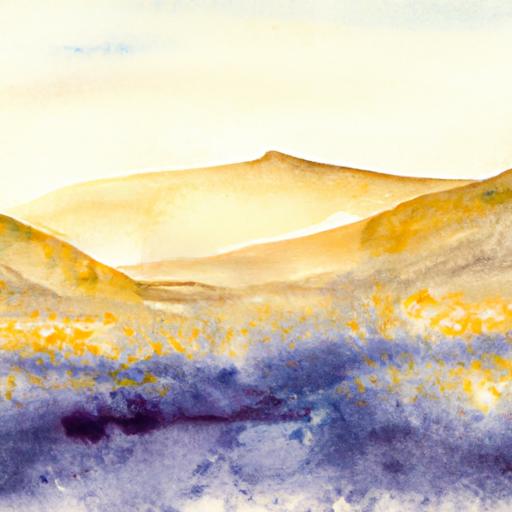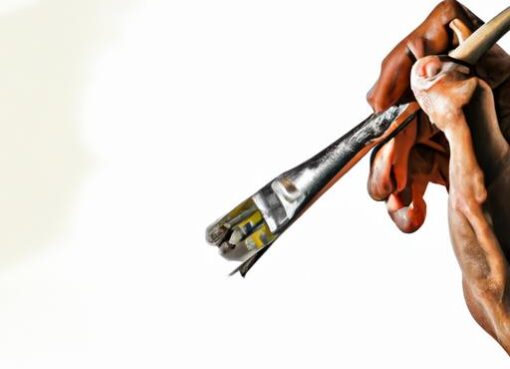Painting Watercolor Painting: A Dive into the World of Expressive Art

Introduction
Watercolor painting, a captivating art form that has stood the test of time, offers a unique blend of fluidity and vibrancy. Defined as a technique using transparent paints that allow light to reflect through the layers, watercolor painting embodies a delicate yet powerful form of artistic expression. As we embark on this creative journey, let’s delve into the rich history and essence of watercolor painting.
Throughout history, watercolor painting has been cherished for its luminous and ethereal qualities. Originating from ancient civilizations such as Egypt and China, this medium gained prominence in the Western art world during the Renaissance period. Artists like Albrecht Dürer and William Blake elevated watercolor painting to new heights, showcasing its versatility and emotive impact. Today, watercolor painting continues to captivate artists and art enthusiasts worldwide, offering a limitless canvas for imagination and creativity. Join me as we explore the enchanting realm of watercolor painting and unlock its boundless potential.
Materials Needed for Watercolor Painting
Types of Watercolor Paints
When embarking on a watercolor painting journey, selecting the right type of paint is crucial to achieving desired effects. Watercolor paints come in various forms, including tubes, pans, and liquid watercolors. Tubes offer vibrant and concentrated pigments, ideal for mixing and creating bold hues. On the other hand, pans provide convenience and portability, making them perfect for outdoor painting sessions. Liquid watercolors offer a unique consistency, allowing for seamless blending and layering. Understanding the characteristics of each type can enhance your painting experience and bring your artistic vision to life.
Brushes and Other Tools
Choosing the right brushes and tools is essential for mastering watercolor techniques and achieving desired results. Watercolor brushes come in different shapes and sizes, each serving a specific purpose in creating various textures and details. Round brushes are versatile and suitable for broad strokes as well as intricate details, while flat brushes are ideal for washes and larger areas. Additionally, tools such as palette knives, sponges, and masking fluid can add depth and dimension to your paintings, allowing for experimentation and creative exploration. By investing in high-quality brushes and tools, you can elevate your watercolor painting practice and unleash your artistic potential.
Paper Options
The choice of paper plays a significant role in the outcome of your watercolor paintings. Watercolor paper comes in different weights, textures, and compositions, each offering unique properties that impact the painting process. Cold-pressed paper features a slightly textured surface, ideal for creating a variety of effects and adding depth to your artwork. Hot-pressed paper, with its smooth surface, is perfect for detailed work and intricate designs. Additionally, rough watercolor paper offers a textured surface that enhances the organic and spontaneous nature of watercolor painting. Selecting the right paper that complements your style and preferences can enhance the overall quality of your watercolor artworks.
Materials needed for Watercolor Painting
Types of Watercolor Paints
When diving into the world of watercolor painting, selecting the right paints is crucial. Watercolor paints come in various forms, including tubes, pans, and liquid watercolors. Tubes offer vibrant and concentrated colors, ideal for mixing and creating rich hues. Pans are convenient for outdoor painting and offer a portable option for artists on the go. Liquid watercolors provide a fluid consistency, perfect for creating expressive washes and intricate details. Experimenting with different types of watercolor paints allows artists to discover their preferred medium and unleash their creativity.
Brushes and Other Tools
Equipping yourself with the right brushes and tools is essential for mastering watercolor painting. Watercolor brushes come in various shapes and sizes, each serving a specific purpose in creating different effects. Round brushes are versatile and suitable for general painting, while flat brushes are ideal for washes and broad strokes. Additionally, investing in quality paper towels, masking tape, and a palette can enhance your painting experience and streamline your creative process. By understanding the role of brushes and tools in watercolor painting, you can elevate your artwork and bring your vision to life on paper.
Paper Options
Choosing the right paper can significantly impact the outcome of your watercolor paintings. Watercolor paper comes in different textures, weights, and finishes, each offering unique characteristics that affect how the paint interacts with the surface. Cold-pressed paper provides a medium texture suitable for various painting styles and techniques, while hot-pressed paper offers a smooth surface ideal for detailed work. Understanding the properties of different watercolor papers allows artists to select the most suitable option for their artistic vision. Experimenting with various paper types can enhance your creative process and elevate the quality of your watercolor paintings.
Famous Watercolor Painters
Winslow Homer
Winslow Homer, a prominent American painter of the 19th century, is celebrated for his mastery of watercolor painting. Known for his seascapes and depictions of rural life, Homer’s works capture the essence of nature with remarkable detail and emotive power. His use of light and shadow in watercolor paintings such as “The Gulf Stream” and “Breezing Up” showcases his skill in creating dynamic and atmospheric compositions.
John Singer Sargent
John Singer Sargent, a renowned portrait artist, also excelled in the medium of watercolor painting. His fluid and expressive brushwork brought life to his portraits and landscapes, earning him international acclaim. Sargent’s watercolor works, such as “Carnation, Lily, Lily, Rose” and “The Daughters of Edward Darley Boit,” reveal his keen observation of light and color, creating captivating and intimate scenes that resonate with viewers.
Georgia O’Keeffe
Georgia O’Keeffe, known for her bold and vibrant paintings of flowers, landscapes, and abstract forms, also experimented with watercolor painting. O’Keeffe’s unique vision and innovative use of color and composition in works like “Black Iris” and “Lake George with White Birch” demonstrate her ability to evoke emotion and transcend traditional boundaries of art. Her contribution to the world of watercolor painting continues to inspire artists and art enthusiasts alike.
